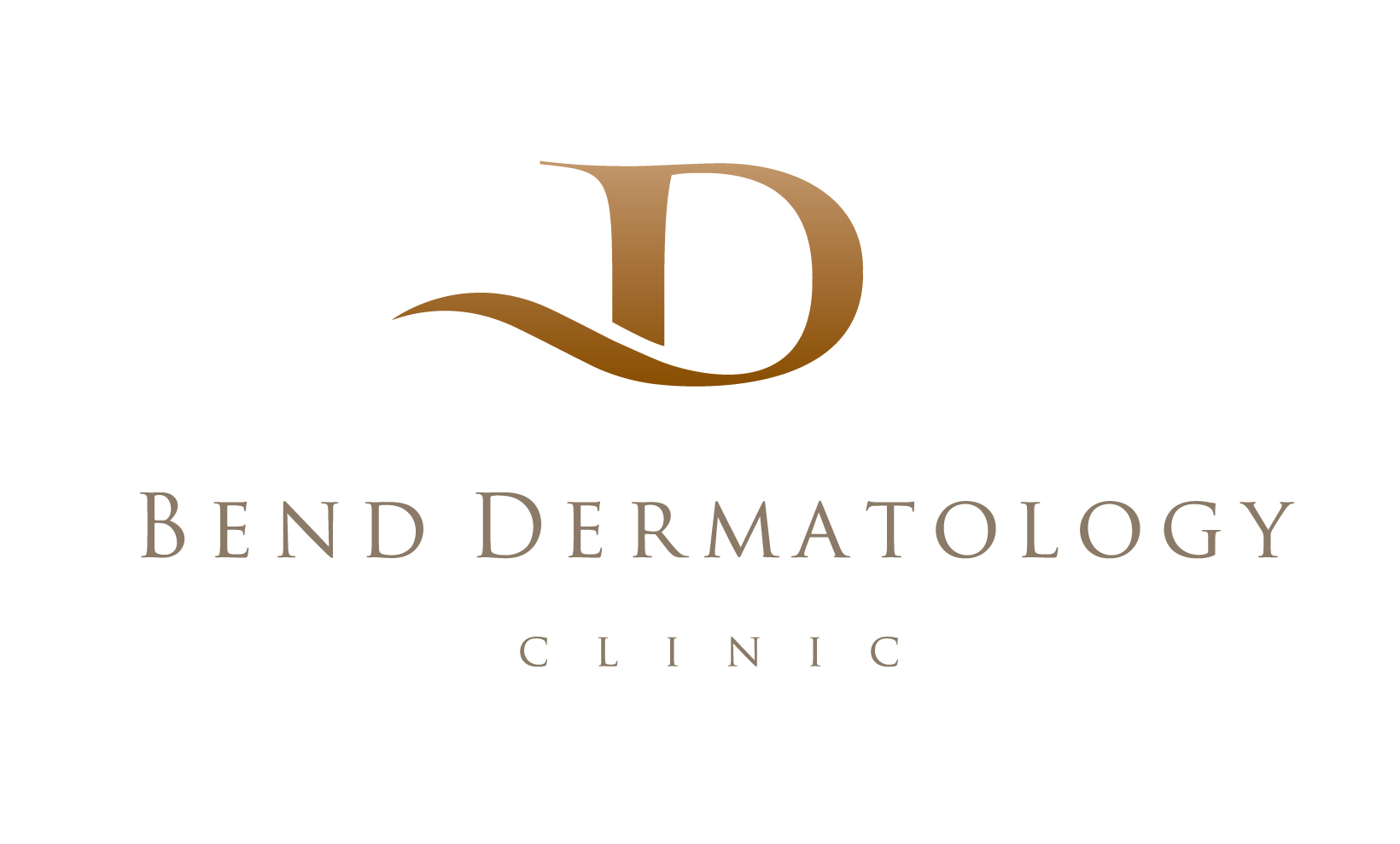By Melinda Riter, M.D.
Board-Certified Dermatologist
You might have heard by now that skin cancer is the most common type of cancer worldwide, with over 5 million cases diagnosed each year in the United States alone. It is a condition that occurs when the skin cells are damaged by UV radiation, leading to the formation of abnormal cells that grow and spread rapidly. As part of Skin Cancer Awareness Month, we will discuss everything you need to know about skin cancer, including its types, causes, symptoms, treatment, and prevention. What is important to remember about skin cancer is that there are things that you can do to lower your risk of getting skin cancer, and it is also the most treatable cancer when detected early.
Types of Skin Cancer
There are three main types of skin cancer: basal cell carcinoma, squamous cell carcinoma, and melanoma. Each type of skin cancer has different characteristics and treatment options.
Basal Cell Carcinoma (BCC)
Basal cell carcinoma is the most common type of skin cancer, accounting for around 80% of all cases. It usually appears on skin areas frequently exposed to the sun, such as the face, neck, and hands. BCC may occur as a pearly or waxy bump or a bleeding or scabbing sore that heals and returns. In some cases, it may resemble a scar or a pimple.
Squamous Cell Carcinoma (SCC)
Squamous cell carcinoma is the second most common type of skin cancer, accounting for around 16% of all cases. It typically appears on areas of the skin that are exposed to the sun, such as the face, ears, and hands. SCC usually appears as a firm, red, scaly bump or a flat lesion with a scaly, crusted surface.
Melanoma
Melanoma is the most concerning type of skin cancer, accounting for less than 2% of all cases. It usually appears as a dark, irregularly shaped mole that may change in size, shape, or color over time. Melanoma needs to be treated promptly to prevent it from progressing, or in serious cases from spreading throughout the body. However, when diagnosed early and treated, the Skin Cancer Foundation shows the 5-year survival rate to be 99%.
Causes of Skin Cancer
The leading cause of skin cancer is exposure to UV radiation from the sun or tanning beds. UV radiation damages the DNA in skin cells, causing them to grow abnormally and form cancerous tumors. Other risk factors for skin cancer include:
- Fair skin, freckles, and light-colored hair
- History of sunburns or excessive sun exposure
- Family history of skin cancer or if you have had skin cancer before
- Weakened immune system
- Exposure to certain chemicals or radiation
If you have a higher risk of skin cancer, scheduling a comprehensive skin examination with a Board-Certified Dermatologist is crucial. They can help you decide how often you might need skin cancer screening.
Symptoms of Skin Cancer
The symptoms of skin cancer can vary depending on the type of cancer and its location on the body. Though many skin cancers occur in areas of the skin that are usually exposed to the sun, that is not always the case. Common symptoms of skin cancer include:
- A bump or lesion on the skin that does not heal
- A mole that changes in size, shape, or color
- A spot on the skin that bleeds or crusts over
- A scaly or rough patch of skin
- Itching or pain in the affected area
- Anything that seems unusual, new, or abnormal for your skin
Treatment for Skin Cancer
The treatment for skin cancer depends on the type of cancer, its stage, where it’s located, its characteristics, and the risk of it spreading to another location or coming back. Treatments can include excision-the cutting of the cancerous lesion plus a surrounding margin of healthy skin; curettage and electrodesiccation-a combination of removing the growth, scraping layers of cancer cells, and destroying the rest with an electric needle; and Mohs surgery-a highly specialized and advanced surgical technique known for its ability to remove cancerous tissue while sparing healthy tissue. Your Provider will work closely with you to select the best treatment options for your case. Early detection cannot be stressed enough. The earlier you start receiving treatment, the higher your chances of a positive outcome.
Prevention of Skin Cancer
Protecting your skin from UV radiation is the best way to prevent skin cancer. This applies to everyone, regardless of age. It is never too early to start protecting your skin. The effects of UV radiation are cumulative, so starting good skin protection habits at a young age can decrease your risk of skin cancer. Here are some tips that we give our patients at Bend Dermatology Clinic:
Protect your skin from the sun: The most important way to prevent skin cancer is to protect your skin from the sun’s harmful rays. You can do this by seeking shade when the sun is strongest (between 10 a.m. and 4 p.m.), wearing protective clothing such as long-sleeved shirts and hats, and using a broad-spectrum sunscreen with an SPF of at least 30 every day, regardless of the weather.
Avoid tanning beds: Tanning beds emit UV rays that can increase your risk of skin cancer. If you want a tan, consider using a self-tanning product instead.
Perform regular skin self-exams: Be familiar with your skin and its moles, freckles, and other marks. See a Dermatologist if you notice any changes in your skin, such as a new mole or a change in the appearance of an existing mole.
Protect your eyes: The skin around your eyes is thin and sensitive. Wear sunglasses with UV protection to protect your eyes and the skin around them.
The ABCDEs of Melanoma and Performing Skin Self-Exams
So how do you do a skin self-exam, and what are you watching out for? The American Cancer Society has detailed instructions that are very helpful. It is easiest to do your skin self-exam after you take a shower. If you come across a spot on your skin that appears distinct from the rest, take note of it. These spots are referred to as “Ugly Ducklings,” which are skin lesions that do not resemble any other on your body. Such spots should be monitored closely, as they could indicate skin cancer.
It’s worth noting that melanoma can manifest itself in any part of your body, even in regions that have not been exposed to sunburn. Watch out for the ABCDEs of melanoma, namely:
- Asymmetry – when one half of the spot looks different than the other half
- Border – uneven or irregular borders
- Color – spot is more than one color or shade
- Diameter – tends to be larger, often more significant than ¼ inch in diameter
- Evolution – when you can see it change over time
Skin self-exams are crucial in detecting trouble spots early. If you find something that concerns you, schedule an appointment with your Board-Certified Dermatologist.
Bend Dermatology Clinic and its highly trained and experienced Providers are dedicated to diagnosing and treating skin cancers. Please make an appointment for an annual skin examination, or if you are concerned about skin cancer. We are available at our East Bend, West Bend, Klamath Falls, Prineville, and Redmond locations.
ABOUT THE AUTHOR:
Melinda Riter,M.D., Ph.D. – Dr. Riter is a Board-Certified Dermatologist specializing in Medical Dermatology and Skin Cancer Treatment. One of her passions is caring for rural populations and improving health care delivery. In addition, Dr. Riter enjoys discussing camping gear, RVs, e-bikes, trucks, good books, and pets.

